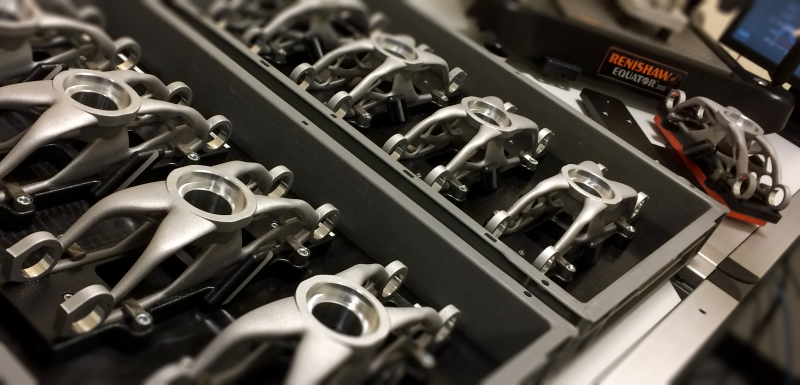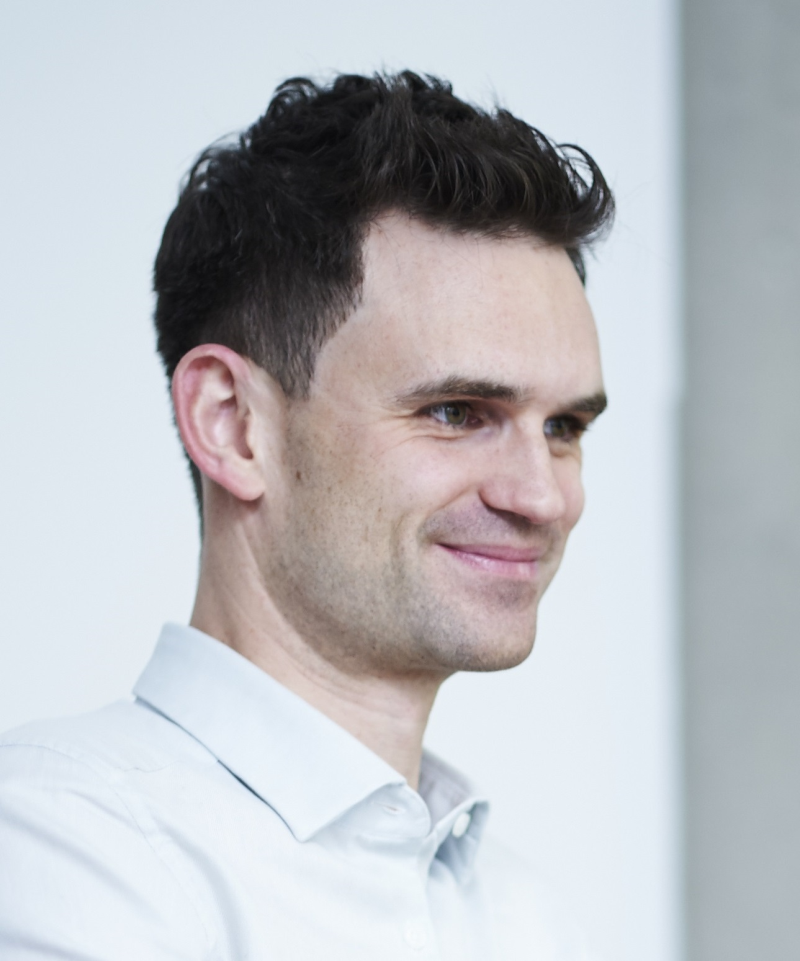According to a new survey by Subcon 2017, additive manufacturing is on the verge of breaking through as a mainstream production process.
Nearly a quarter of the respondents said that they use additive manufacturing or 3D printing for production components and 85 per cent said they expected to do so in the next five years. Just a year ago only 21 per cent said they would use additive manufacturing for production components in the next five years and 35 per cent said they might. This trend is opening up a new market for subcontract manufacturing services, as a third of respondents said they would use an external supplier to produce these components. Of those companies that already have components produced by additive manufacturing, 37 per cent use an external supplier.
Subcon runs from 6 to 8 June alongside the Advanced Manufacturing Show and The Engineer Design and Innovation Show at the NEC, Birmingham.
The disruptive transition that additive manufacturing promises in component production is a featured topic in the two free-to-attend conference streams that run alongside the three shows. Speakers include Marc Saunders of Renishaw, Prof Richard Hague of Nottingham University, Andreas Langfeld of Stratasys, Paul Adams of Vendigital and Desi Bacheva of HiETA.

Renishaw AM Parts: Additive manufacturing is entering the mainstream for production components says Renishaw’s Marc Saunders
Marc Saunders says that additive manufacturing is undergoing a revolution as it moves from the model and tooling shop and onto the factory floor, allowing firms to create innovative new products that deliver increased performance in use and which could not be produced conventionally. Marc will explore the drivers behind this transition and the increased demands that series production places on AM to deliver predictable, consistent parts. He will also look at the chains of linked processes and tools that are needed to create an integrated manufacturing process with AM at its heart, and the controls that must be employed to make AM a mainstream manufacturing process.
Andreas Langfeld will get to the core of the issue and look at the business case for 3D printing and how to understand where it can bring the greatest value, while Richard Hague will look at the next generation of multifunctional additive manufacturing to produce complete products and Desi Bacheva will look at its potential to produce lightweight components for energy-efficient cars.
Paul Adams will take a strategic perspective in his presentation entitled ‘Additive, Brexit and Aerospace Supply Chains’.

Paul Adams: Vendigital’s Paul Adams says a strategic approach is needed to bring on additive manufacturing capability quickly and securely
He says: “Advancing low-cost competition is disrupting global supply chains and investment in 3D printing and other novel manufacturing technology has become mission-critical for manufacturers in the aerospace and automotive sectors, but a clear investment strategy is essential.”
His presentation will show how to take a more strategic approach to manufacturing technology by understanding the risks associated with additive manufacturing, learning how to equip supply chains to cope with faster production methods and how to bring on capability quickly and securely.
You can find out more about the conference sessions and register to attend Subcon at www.subconshow.co.uk.
 CIE Components in Electronics
CIE Components in Electronics



